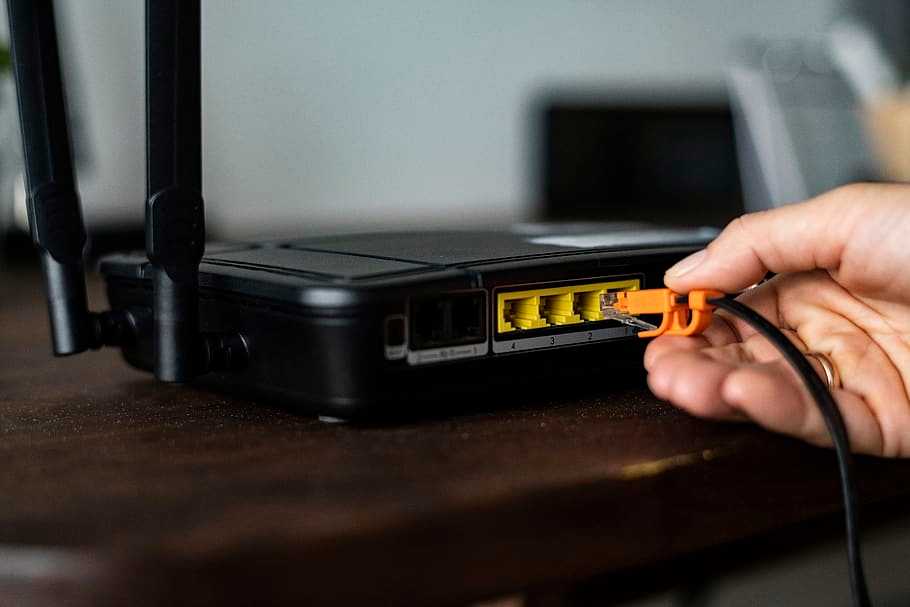Introduction: The Hidden World of Internet Speed Manipulation
In today‘s hyper-connected digital landscape, your internet connection represents more than just a utility—it‘s a lifeline to information, communication, and global connectivity. Yet, beneath the surface of your seemingly straightforward internet service, a complex game of bandwidth management and potential manipulation unfolds. Internet Service Providers (ISPs) wield significant power in controlling your online experience, often through a practice known as throttling.
Imagine streaming your favorite show, engaged in an important video conference, or downloading critical work files, only to experience inexplicable slowdowns. These interruptions aren‘t always random; they might be the result of deliberate network throttling. As a data analysis specialist, I‘m here to demystify this technical phenomenon and equip you with advanced techniques to understand, detect, and potentially counteract internet speed manipulation.
Understanding Internet Throttling: A Technical Deep Dive
Internet throttling represents a nuanced network management strategy where ISPs intentionally slow down internet speeds for specific users, services, or during particular times. This practice isn‘t simply about technical limitations but often involves complex economic and strategic considerations.
The Mechanics of Bandwidth Restriction
At its core, throttling involves selectively reducing data transfer rates. ISPs can implement these restrictions through sophisticated network equipment that monitors and controls data packet transmission. Unlike complete service interruption, throttling creates a subtle degradation of internet performance that can be challenging to definitively identify.
Motivations Behind Throttling Practices
ISPs rarely throttle internet speeds without underlying motivations. These can range from legitimate network management to more controversial practices:
Network Congestion Management
During peak usage hours, ISPs might reduce speeds to distribute available bandwidth more equitably among users. This approach prevents total network collapse but can significantly impact individual user experiences.Data Cap Enforcement
Many internet plans include monthly data limits. Once users exceed these limits, ISPs may dramatically reduce connection speeds, effectively creating a soft barrier to continued high-bandwidth usage.Strategic Service Differentiation
Some ISPs implement throttling to create artificial distinctions between service tiers, encouraging users to upgrade to more expensive plans for consistent performance.
Advanced Detection Methodologies: A Data Analysis Approach
Quantitative Performance Measurement
Detecting throttling requires a systematic, data-driven approach. Professional network analysts employ multiple diagnostic techniques to distinguish between genuine performance limitations and intentional speed restrictions.
Speed Test Protocols
While consumer-grade speed tests provide basic insights, professional analysis involves:
- Multiple test iterations
- Geographically diverse server selections
- Time-of-day performance comparisons
- Detailed packet loss and latency measurements
Machine Learning Detection Techniques
Emerging machine learning algorithms can now analyze network performance with unprecedented precision. These models can:
- Identify statistically significant performance anomalies
- Predict potential throttling scenarios
- Generate comprehensive network behavior profiles
Legal and Regulatory Landscape
The legality of internet throttling varies significantly across jurisdictions. In the United States, net neutrality regulations have been in constant flux, creating a complex legal environment for consumer protection.
Global Regulatory Perspectives
Different regions approach internet throttling uniquely:
- European Union: Strict net neutrality laws
- United States: Fluctuating regulatory framework
- Asia-Pacific: Varied approaches based on local telecommunications policies
Practical Detection Strategies for Consumers
Comprehensive Diagnostic Toolkit
Multi-Platform Speed Testing
Utilize diverse speed testing platforms to cross-reference results. Platforms like Ookla Speedtest, Google‘s Internet Speed Test, and specialized network diagnostic tools can provide comprehensive insights.VPN Performance Comparison
Virtual Private Networks (VPNs) can help isolate throttling by encrypting traffic and routing through alternative servers. Significant speed differences before and after VPN activation might indicate throttling.Consistent Monitoring
Regular, scheduled speed tests create performance baselines, making anomalies more apparent.
Technical Countermeasures and Consumer Empowerment
VPN and Proxy Strategies
While not foolproof, Virtual Private Networks can mitigate some throttling effects by:
- Encrypting network traffic
- Masking original IP address
- Routing through alternative network paths
Negotiation and Consumer Rights
Armed with comprehensive performance data, consumers can:
- Challenge ISP performance claims
- Request detailed network management policies
- Seek alternative service providers
Internet throttling represents a sophisticated intersection of technology, economics, and network management. By understanding the underlying mechanisms, employing advanced diagnostic techniques, and maintaining a proactive approach, consumers can better navigate the complex world of internet connectivity.
Your internet connection is more than a service—it‘s a critical infrastructure supporting your digital life. Stay informed, stay vigilant, and never accept unexplained performance degradation as an inevitable reality.
Recommended Action Steps
- Establish a consistent speed testing routine
- Document performance variations
- Understand your service agreement
- Consider technological countermeasures
- Stay informed about regulatory developments
Remember, in the digital age, knowledge truly is power—especially when it comes to protecting your online experience.
